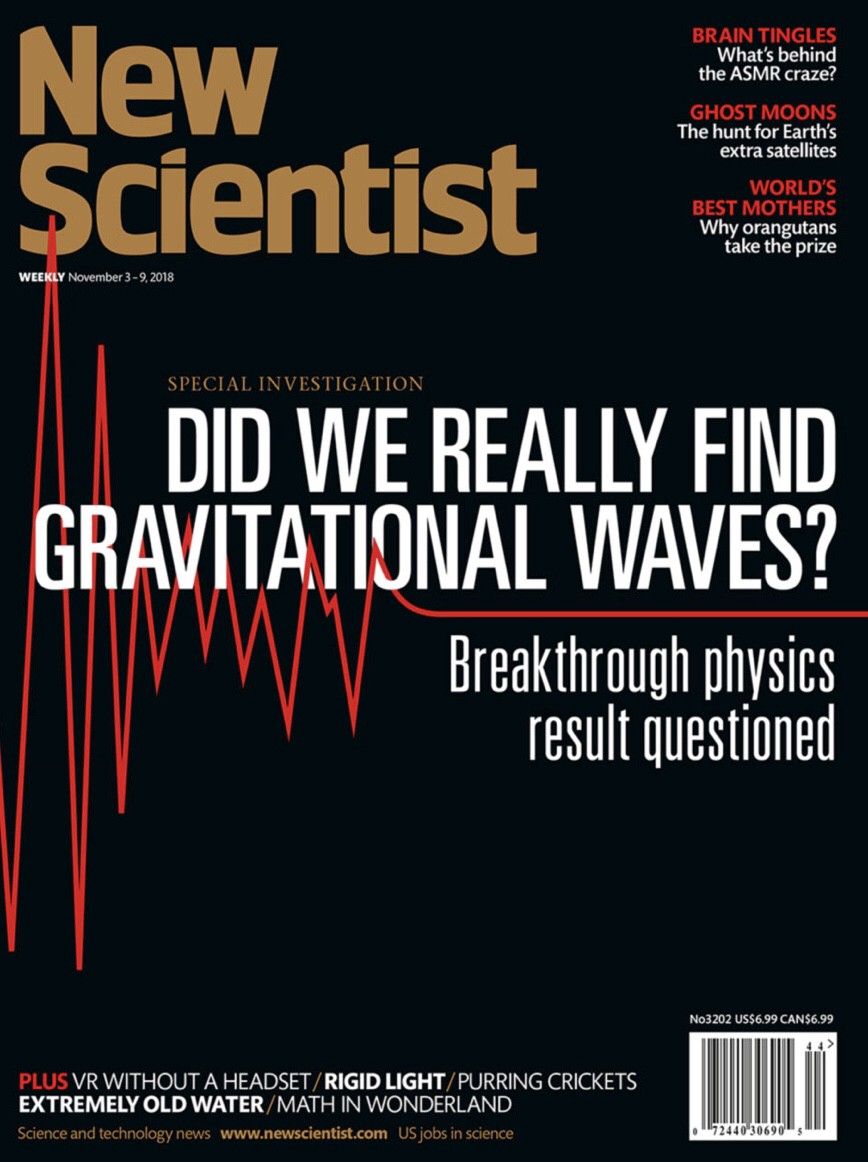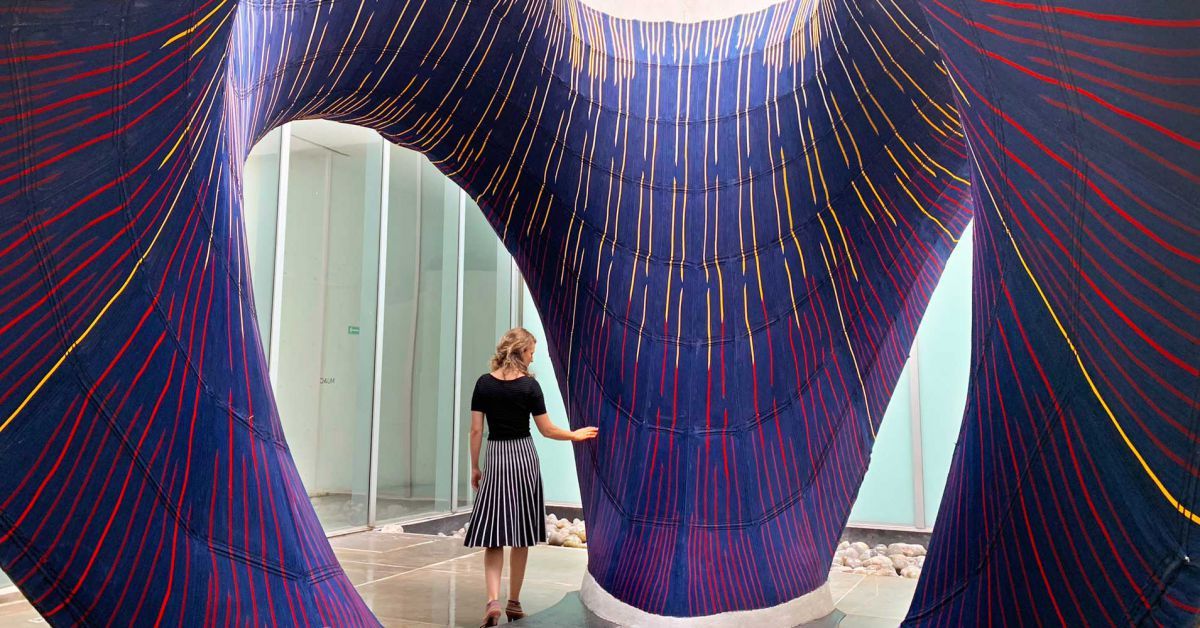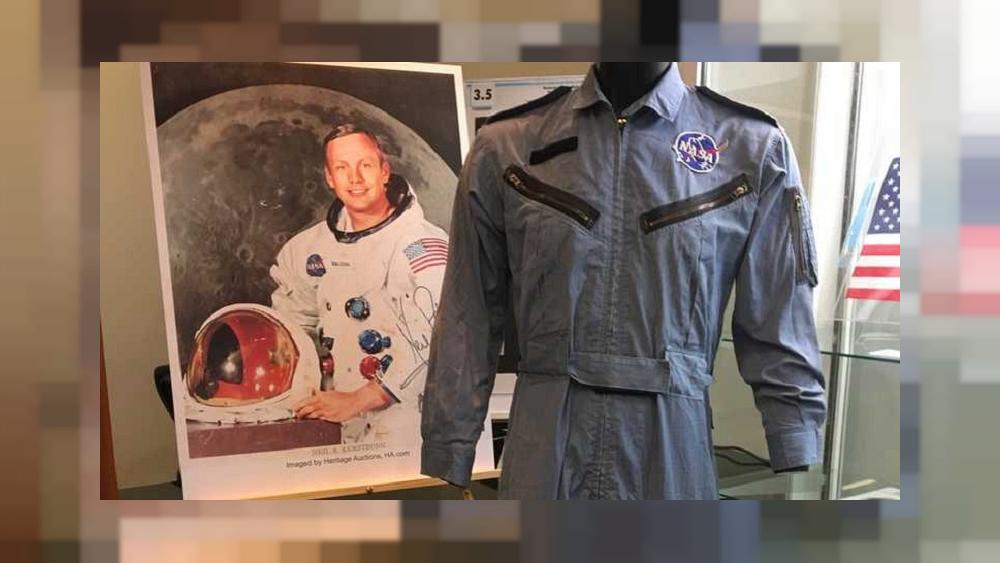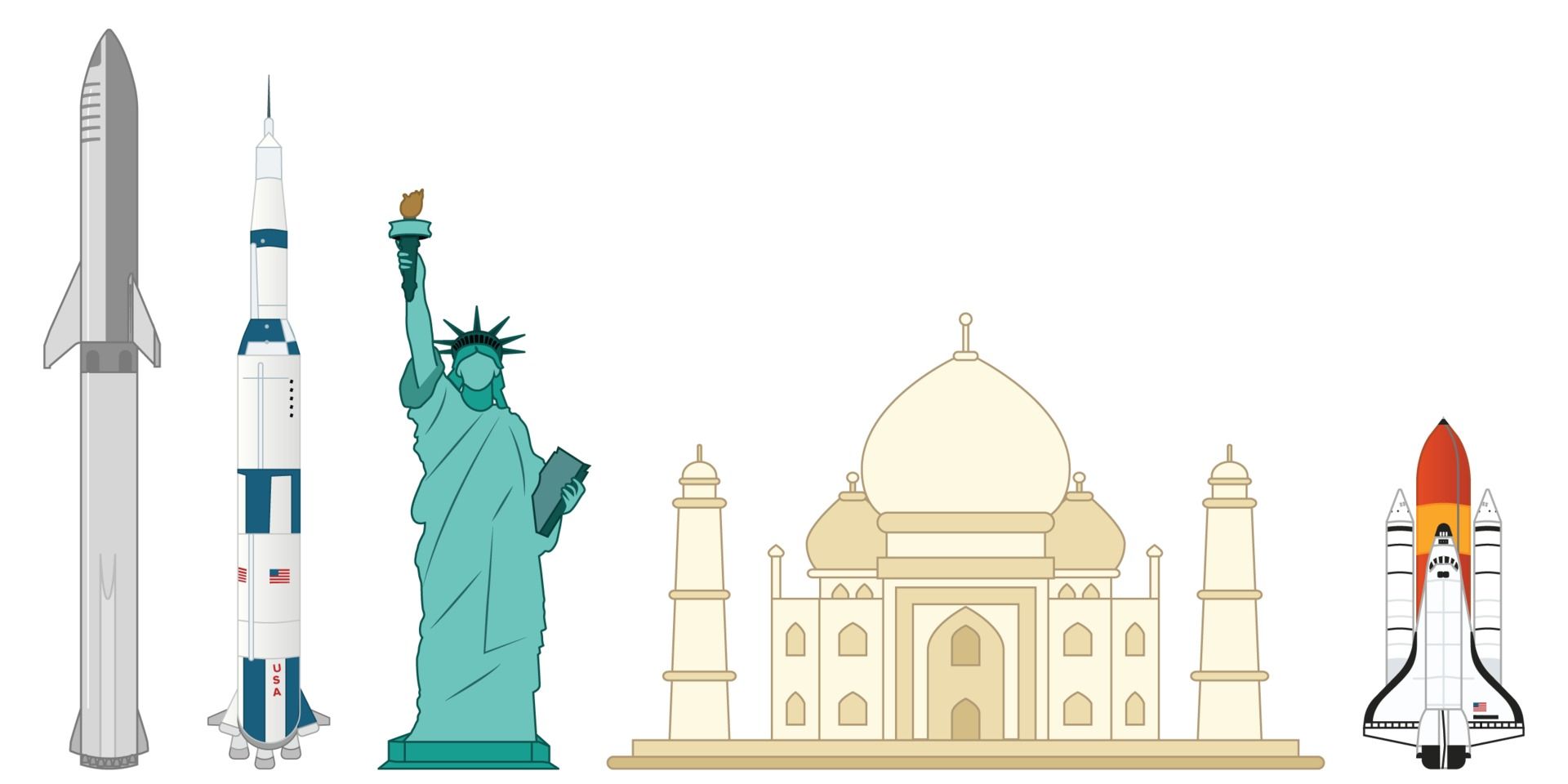They’re easy to deploy and keep cool.



The news we had finally found ripples in space-time reverberated around the world in 2015. Now it seems they might have been an illusion.
LIGO’s detectorsEnrico Sacchetti
THERE was never much doubt that we would observe gravitational waves sooner or later. This rhythmic squeezing and stretching of space and time is a natural consequence of one of science’s most well-established theories, Einstein’s general relativity. So when we built a machine capable of observing the waves, it seemed that it would be only a matter of time before a detection.



The data show such births in the U.S. and EU are predominantly to unmarried couples living together rather than to single mothers, the report says. The data suggest that societal and religious norms about marriage, childbearing and women in the workforce have changed, said Kelly Jones, the director for the Center on the Economics of Reproductive Health at the Institute for Women’s Policy Research.
Births outside marriage have skyrocketed in developed nations, according to a report from the United Nations.


High in the Andes Mountains, conservators are testing traditional methods for strengthening adobe buildings.
The bell tower of the church of Santiago Apóstol in Kuño Tambo, Peru. Built by the Spanish in 1681, it has been weakened by earthquakes, but traditional techniques are helping with its restoration. Credit Credit Angela Ponce for The New York Times.

Space enthusiasts stirred by NASA astronaut Neil Armstrong’s venture to the moon spent more than $4 million (€3.5 million) in just the first day of a rare auction of Armstrong’s personal collection of memorabilia.
On July 20, 1969, Armstrong, who led the Apollo 11 mission, became the first human to walk on the moon.
The auction is the first major sale of his personal collection that comes amid a growing demand for space collectibles as the 50th anniversary of the July 20, 1969 moon landing approaches.

